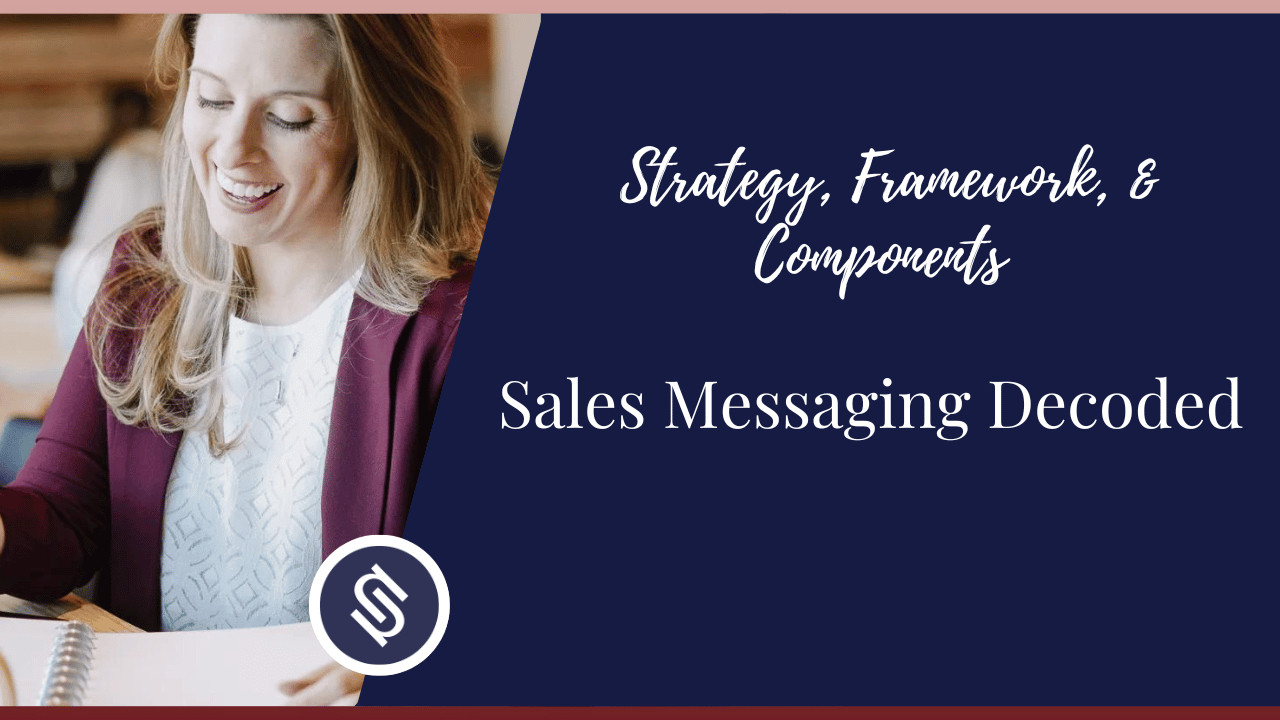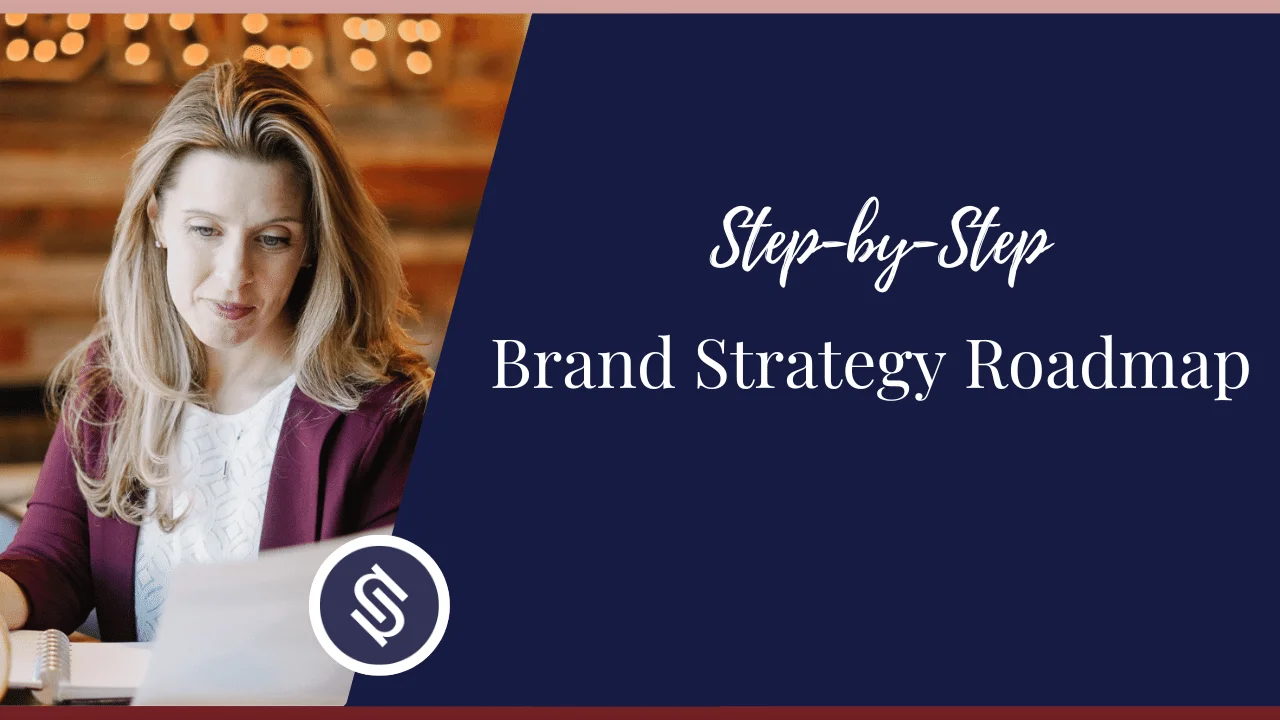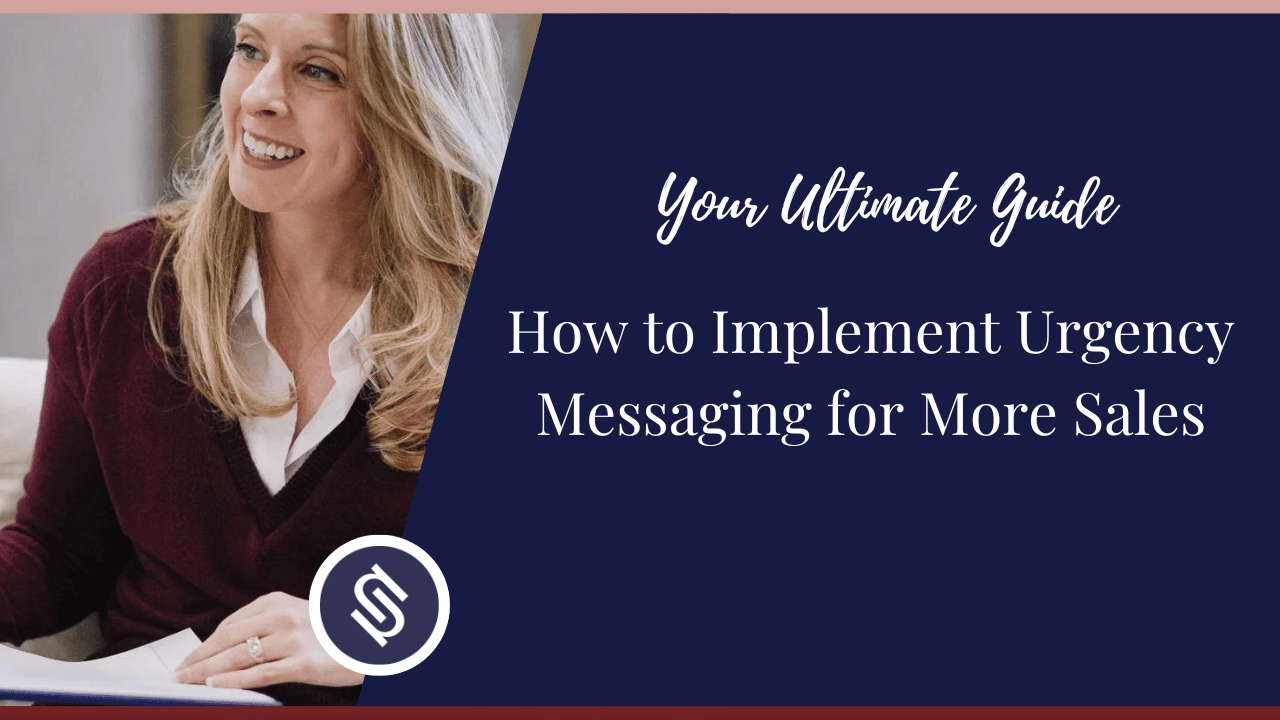Your Go-to-Market strategy is the master plan that guides how you launch a new product.
At the core of this plan is your GTM messaging.
You may turn heads with your marketing strategy, but what will get people to purchase is what they understand about your product.
Nail your messaging, and conversions will naturally come.
Does your messaging need work? Get in touch with me, Nora Sudduth, a marketing coach to create your next winning campaign!
TL;DR – How to Build GTM Messaging
In this article, we’ll discuss how to build your GTM messaging strategy. Keep reading to access the complete guide.
But if you have time for just a quick read, here’s an overview:
- Establish your product’s value
- Research your audience and competitors
- Shape key messages
- Test your message

What is GTM Messaging?
GTM, or Go-to-Market Messaging, is how you articulate the value of a new product before launch.
It brings your product top of mind for the solutions you offer and enables your audience to understand why your product matters.
When your audience appreciates how your product can solve their problems, you can easily convert them into paying customers.
If you’re not seeing any leads or are suffering from poor sales, you may need to fix your messaging.
Get expert eyes on your marketing strategy with ConversionRX, a comprehensive assessment program that lets you know how to strengthen your offer and close more sales.
GTM Messaging Best Practices
Perfect your product messaging for an upcoming launch with these best practices:
Tailor Your Message to Your ICP and Buyer Personas
Your message needs to be personal. The more your audience feels like you’re speaking directly to them, the more likely they are to engage.
So, how do you do this? The key is to tailor your message to fit your ideal customer profile (ICP) and buyer personas.
For instance, the pain points and incentives for CEOs who approve purchases for a company vary from those of individual users who will use your product regularly.
Target ICPs and Buyer Personas
If necessary, go down the rabbit hole to understand your audience deeply. Build detailed buyer personas and ICPs, detailing their motivations, pain points, and aspirations.
You also need to understand things like what led them to search for a product like yours and what they would use if you hadn’t come up with your product.
Test Your Messaging Early
You don’t have to wait until the product launch is over to see whether your messaging works.
You can run message tests at various stages of the GTM strategy–from planning down to campaign execution and even beyond.
Testing your message during the planning phase will help you develop the most effective messaging strategy before launching on a broader scale.
Pick Distribution Channels Wisely
Market far and wide–but only as far as where your customers are. Spreading the word in places where your audience doesn’t exist will only waste time and money.
Also, adapt your language and messaging for maximum reception on these platforms.

Benefits of Go-to-Market Messaging
Your GTM message is not just one of the many moving parts of a product launch. It’s crucial for optimum market acceptance and higher sales.
Here’s why:
Ensures Market Understanding of Your Product
Your GTM messaging answers the important question, “So what?” Why should your audience care that you’re launching a new product? What does it do for them?
It ensures that your key messaging articulates precisely how your product can improve their lives.
Aligns Your Messaging
A messaging strategy ensures that your teams and stakeholders are aligned on communicating your product’s value to your audience.
This avoids confusion and guides other parts of your GTM strategy, such as who to target and how.
Creates Differentiation
If you’re launching to a market that’s aware there are other similar offerings, your messaging will tell them what sets you apart and establish your market position.

Role of Messaging in Go-to-Market (GTM) Strategy
Many businesses make the mistake of pushing messaging to the back seat, thinking it’s just a clever sales pitch or a catchy tagline–and they suffer the consequences.
In fact, strategic messaging is at the core of your GTM strategy.
It establishes your brand promise, informs how you execute your marketing strategy (from where to promote and when), and enhances the market reception of your product.
Unless people understand why they should care about your product, your marketing strategy will only create buzz but no real or lasting impact, especially on your bottom line.
How to Build GTM Messaging Before the Launch
Are you ready to build your messaging? Let’s go!
Follow this step-by-step guide to create your GTM messaging prior to a product launch:
1. Establish Your Product’s Value
Always start with a unique value proposition–a clear, concise statement of how your product benefits your audience and why it should matter to them.
You can later tweak this overarching statement to tailor it for various audience segments and answer the question, “Why does my product exist?”
You already have the answer to this. All you need to do is articulate it by clarifying how your product fits in the market and elaborating on the problems you solve.
2. Research Your Audience and Competitors
Further, determine product market fit by researching your audience and competition.
If you’re a B2C company, the sales journey is much shorter, and you need only to focus on the product users themselves when building your messaging.
However, if you’re a B2B company, the buyer journey is much longer and more complex.
More people are involved in the decision-making, which means that aside from mapping out the buyer journey to customize your message for each stage, you also need to:
- Identify key people involved in the buying process (such as final approvers, initiators, and product users) and
- Understand their unique pain points and motivations.
Researching your competition is also crucial for learning how to shape your messaging in a way that highlights your competitive edge.
What are your competitors saying or offering? How do you differ? What do you do better?
Look for selling points that your competitors don’t have.

3. Shape Key Messages
The next step is to shape key messages that you can use to target each audience segment.
Take your overarching value proposition and customize it so that it meets the unique needs of every person in the decision-making journey or each stage of the marketing funnel.
For this, you need a value messaging matrix that details how to target your ICP and buyer personas.
This matrix should include:
- Problems or pain points: Why are they looking for a solution?
- Product value: How can your product solve those problems?
- Messaging: Communicates product value in a way that’s targeted to each specific buyer persona.
Need help with your brand story? Work with a brand strategist to make sure your messaging is on point.
4. Test Your Message
Before launching your messaging to a broader audience, publish variations of your messaging on different platforms to see which iterations gain the most engagement and conversions.
Once you’ve gained enough insights, refine your messaging and use it for a larger campaign.

How to Integrate GTM Messaging into the Marketing Strategy
Your messaging is the foundation of an effective GTM strategy. This means you can’t approach it like an afterthought when planning your campaigns.
Therefore, the only way to integrate messaging is to begin with a messaging framework before proceeding to the nitty-gritty of bringing your product to market.
I can help you with that. I’ve worked with various businesses and helped them sell over $500M worth of products and services. Join me for a discovery call today to explore how we can create a winning messaging strategy for you.
GTM Messaging Pitfalls to Avoid
Building a messaging strategy is no easy feat. It’s natural to have a few mishaps here and there.
But you can avoid major setbacks by taking note of the following pitfalls:
Building Your Messaging Internally
Most business owners have a cognitive bias or a way of looking at their product that’s clouded by personal beliefs and opinions.
This often translates into lopsided messaging that fails to captivate.
The solution is to hire a marketing professional who brings in not just expertise but also an outsider’s view of things. This helps create a stronger value proposition.
Creating a Messaging Architecture From Market Assumptions
It’s helpful to glean insights from previous campaigns and use those to craft a messaging architecture that adapts to your audience’s context and needs.
Remember not to assume that just because you had great success with the same strategy before, it will work the same way again this time.
Your audience evolves, and changes in your market’s context will also affect the reception of your message.
Inconsistency in Communications
One of the biggest challenges in messaging is clarity.
This comes from consistently communicating on various platforms, which means staying true to your brand style, tone, and personality, regardless of your platform.
The key to maintaining consistency is a messaging matrix that will align internal teams and stakeholders (from how to make sales pitches to creating social media posts) on how to communicate your message.

Frequently Asked Questions (FAQs)
Do you have more questions about GTM messaging?
The following answers will tell you what you need to know:
Is GTM Messaging a Part of the Overall GTM Strategy?
GTM messaging is an integral part of GTM strategy. It establishes your product’s value, ensures positive market reception, and informs campaign execution.
This means beginning with a compelling brand message is vital for the success of your marketing.
How to Measure the Success of Your GTM Messaging Campaigns
To measure the success of your campaign, look at key performance metrics that tell you whether your objectives are being met.
For example, a B2B company that’s launching a new product to an existing market should look at metrics like:
- Customer acquisition cost (CAC)
- Lead-to-customer rate
- Monthly recurring revenue
Conclusion
Your messaging is at the heart of a winning GTM campaign.
To build messaging that takes people through to the completion of their buyer journey, brands must:
- Customize key messages to fit audience segments
- Establish a strong value proposition
- Refine messaging based on findings from message tests
- Work with a branding strategist who combines market intuition with messaging know-how
I can help your brand shine in a crowded market. Book a discovery call with me today, and let’s create a marketing strategy that launches your product with a bang!



![Featured Image - How to Build GTM Messaging Before Your Launch [Key Strategies]](https://norasudduth.com/wp-content/uploads/2024/05/How-to-Build-GTM-Messaging-Before-Your-Launch-Key-Strategies.png)



